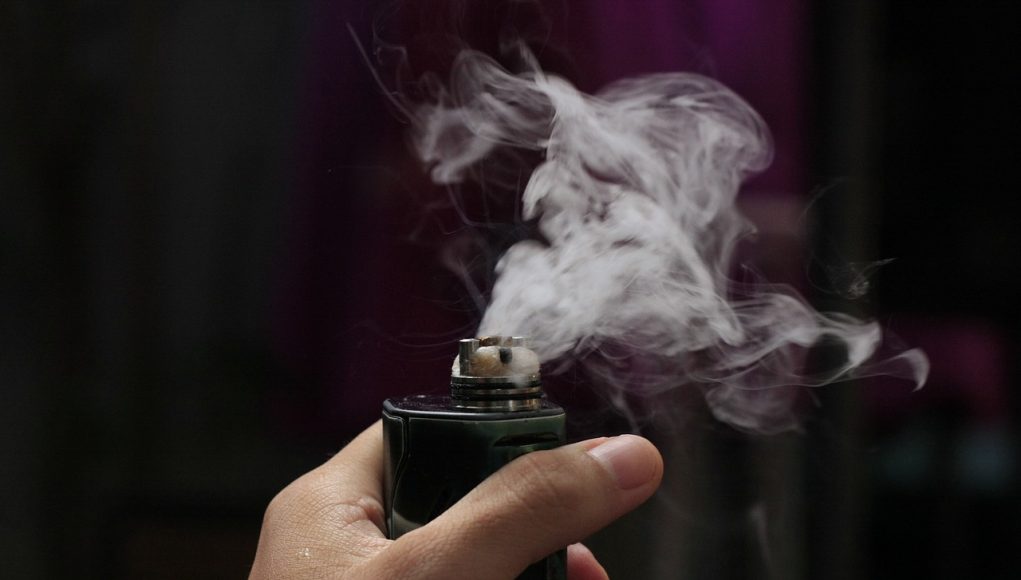Following countless alarming media reports and mounting public pressure, the FDA has been infamously cracking down on teen vaping. Last September, the agency issued more than 1,000 warning letters to U.S. retailers and manufacturers of e-cigarettes, amongst which Juul, in what the agency called “the largest coordinated enforcement effort in the FDA’s history.”
In the letters, the agency demanded that these companies present proof that they can keep the nicotine-containing products out of the hands of minors, within 60 days. Should they fail to do so, the FDA may ban candy-like flavors, such as bubble gum and crème brûlée, that may be particularly appealing to this age group.
“We are acting on very clear science that there’s an epidemic on the way,” said FDA Commissioner Dr. Scott Gottlieb last month. “We’re in possession of data that shows a disturbingly sharp rise in the number of teens using e-cigarettes in just the last year.”
“We’ve had to start taking some actions before the final results of this data can be made public. We will make these results public very soon. But we have an obligation to act on what we know. And what we know is very disturbing,” he added.
The FDA to launch new efforts in November
To this effect, last Tuesday the agency said that it will be unveiling “forceful” steps in mid-November to cut down on youth use of e-cigarettes, potentially including increased enforcement of identification and age verification requirements.
“We gave ample warnings of the worrisome trends we were observing with respect to rising youth popularity of these products,” said FDA Commissioner Scott Gottlieb in a statement last Tuesday. “Now we have hard data to support that public health tragedy that is now underway.”
The data informing these efforts remain unpublished
On a the other hand, an article published on Reason earlier this week, has pointed out that while Gottlieb has proceeded to take some policy decisions, he has not yet published the infamous data he is referring to and basing decisions on.
The article on Reason pointed out that if the youth vaping rate increased to 20% from 11.7%, it equates to an increase of 71%. The piece added that at this stage it remains unclear how many of the high school students who are vaping, are actually addicted to nicotine.
“In 2015, when past-month e-cigarette use peaked at 16 percent, 2.5 percent of high school students (16 percent of past-month vapers) reported vaping on 20 or more days in the previous month, and almost all of them were current or former smokers,” added the article.
Read Further: MarketWatch








